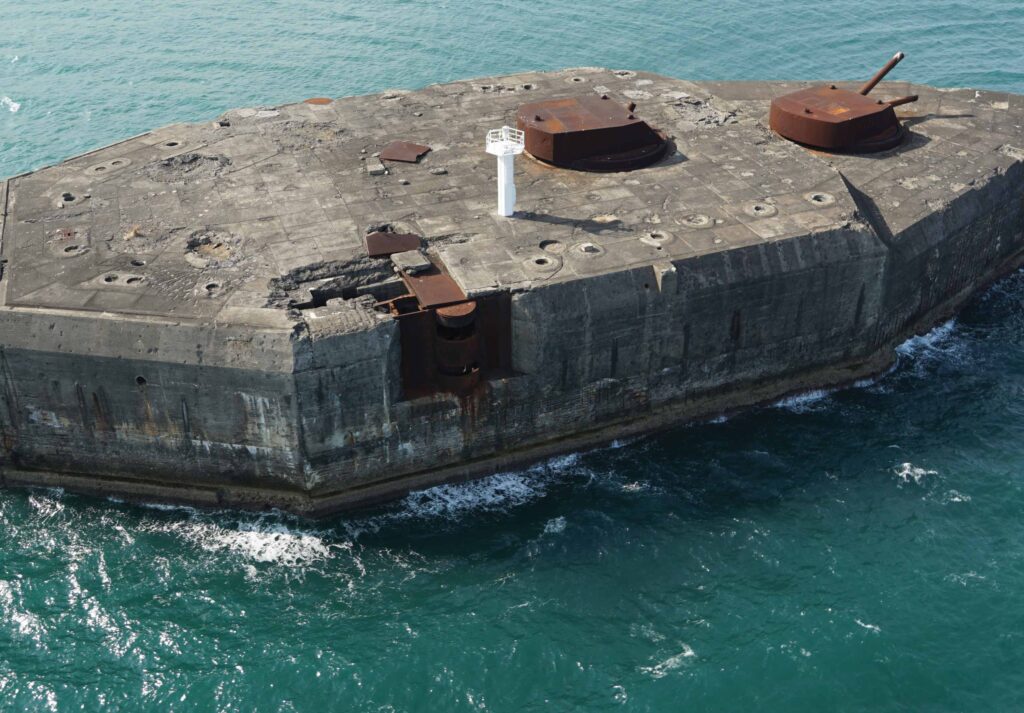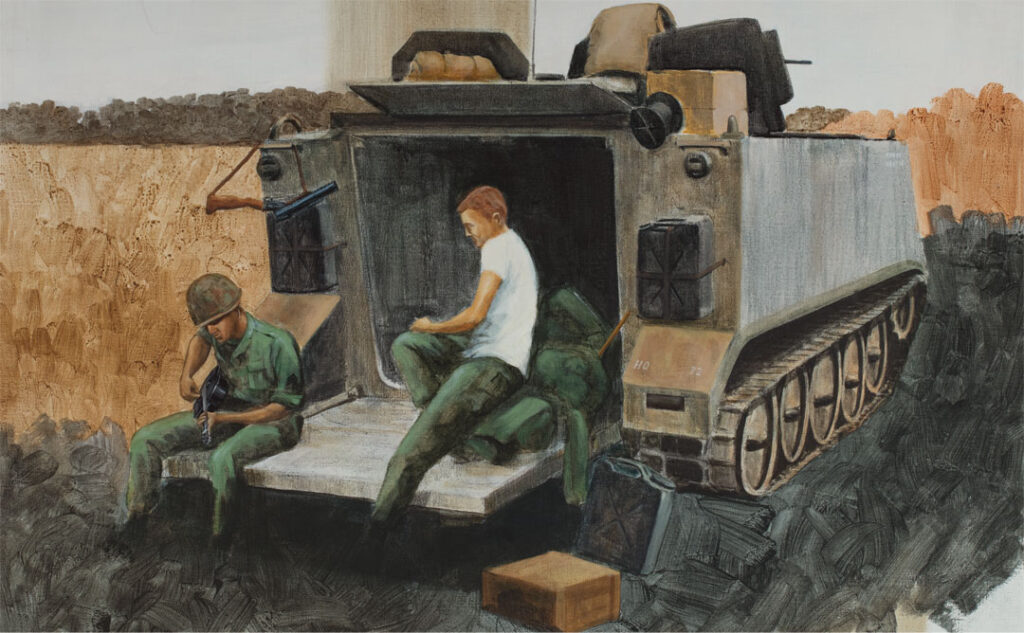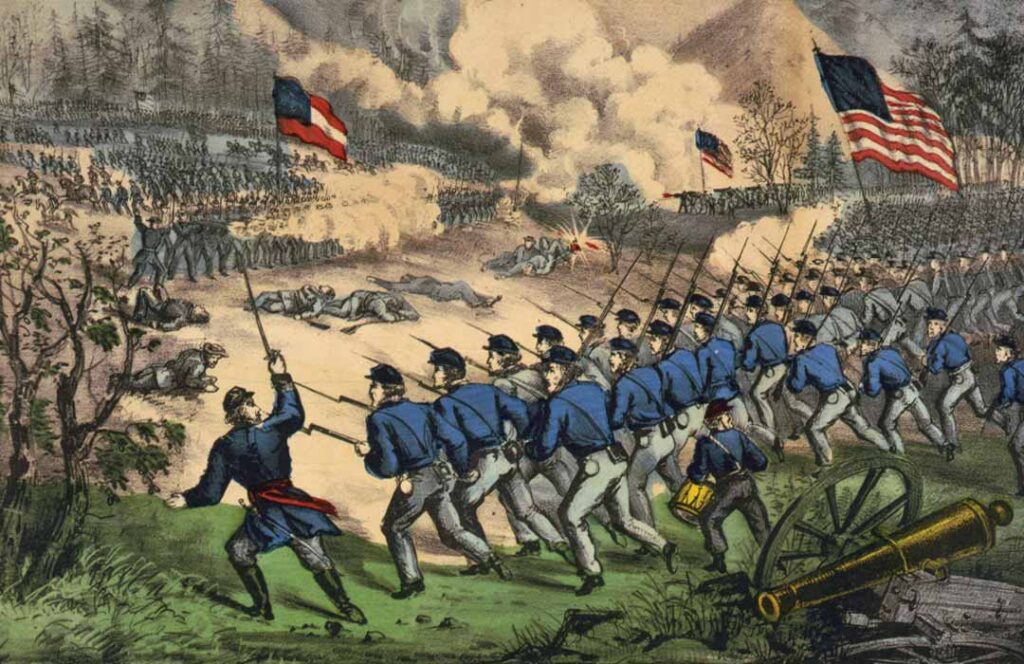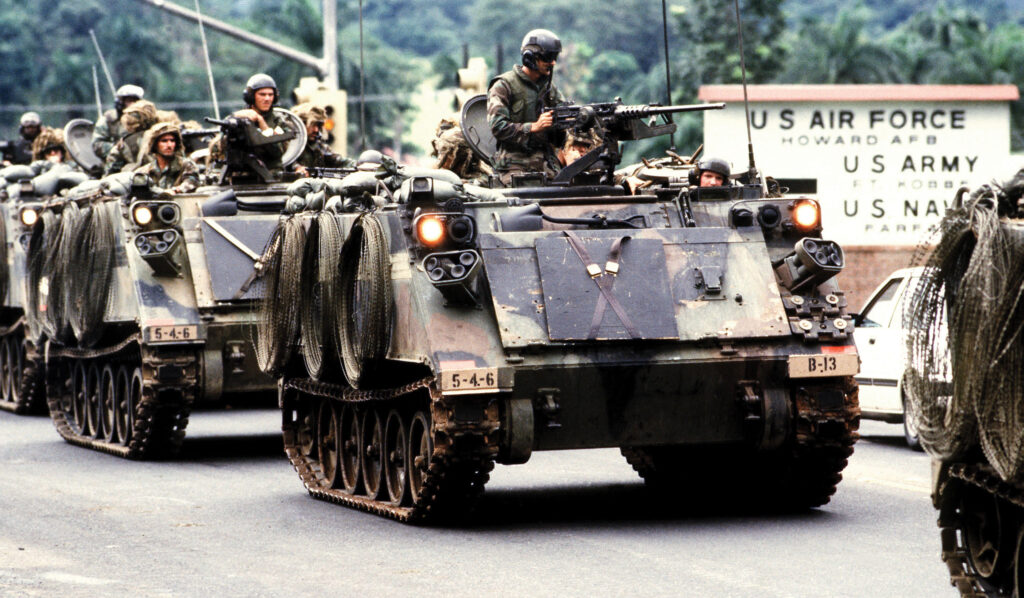Camp Gordon, Georgia

The declaration of war on 6 April 1917 put the training camp idea on hold in favor of actual conscription and mustering of the American Expeditionary Forces (AEF). As a result, the Army transformed several small camps located all over the country, originally designed to function for a few weeks each summer, into full-scale military installations.
Soldier- Major General Joseph Holt

Joseph Holt was born in Breckinridge County, Kentucky, in 1807. He attended Saint Joseph College and later moved to Louisville where he apprenticed to be an attorney.
Post- Fort Drum, Philippines

Fort Drum, also known as El Fraile Island, was a heavily fortified site situated at the mouth of Manila Bay in the Philippines, due south of Corregidor Island, in the Boca Grande Channel. Nicknamed the “Concrete Battleship,” Fort Drum looked much like a heavily armed warship at sea.
America’s Atomic Army of the 1950’s and the Pentomic Division

Throughout the twentieth century, the Army was in a state of constant transformation and reform driven by changing missions and technological advances. The development of nuclear weapons at the end of World War II resulted in it becoming virtually irrelevant in the 1950s. General of the Army Dwight D. Eisenhower, running for President in 1952, promised to end the Korean War, which had devolved into a bloody stalemate.
From the Army Art Collection: Vietnam War Artwork Of Combat Artist Team

The Army organized a total of nine CATs. Each team typically had five soldier-artists, plus a supervisor. Each CAT would spend sixty days in Vietnam gathering information and making preliminary sketches ranging from day-to-day activities and routine duties to combat operations.
Fort Defiance, Arizona

Before the Army could mount another offensive, its efforts to bring the Navajos under control were interrupted in 1861 by the beginning of the Civil War. When a Confederate brigade of Texans threatened to invade the New Mexico Territory, Colonel Edward R.S. Canby, 19th Infantry, the military department commander, decided to abandon some outlying posts and consolidate his forces to defend the territory
21st Infantry Regiment

The soldiers of the 21st both past and present are known as “Gimlets.” According to the regimental history, the Gimlet nickname traces its roots to the inter-service athletics of the early 1920s.
M113 (Armored Personnel Carrier)

The M113, measuring 15 feet, 11 inches long, 8 feet, 10 inches wide, and 8 feet, 2 inches in height, and weighing just over twelve tons, could carry eleven fully equipped soldiers and a crew of two (driver and track commander).
Camp Myles Standish, Massachusetts

Camp Myles Standish was just one of many Army bases located in the Boston area. BPOE was the site where troops were actually put on board troop ships and sent off to the war zones.
Daughter Visits Father’s Artifacts in ‘Unbelievable’ Museum

Margaret Myers Beeker always knew about the trunk in her parents’ attic. Inside were three U.S. Army uniforms and two “doughboy” helmets worn by her father Frank and uncles George […]

